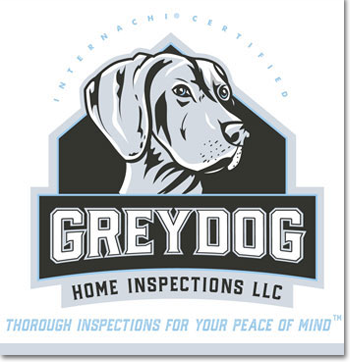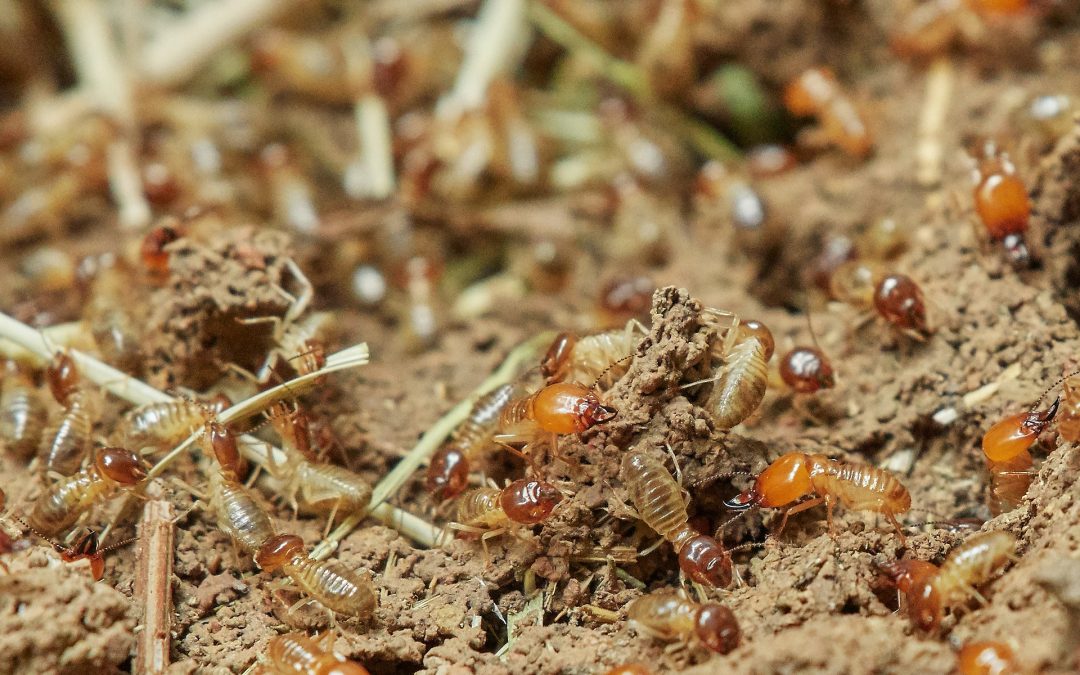Wood-destroying organisms and other pests can cause serious problems in the wooden structural components of a house, and an infestation may go unnoticed until the damage is already extensive. Control measures include preventing insect entry by sealing holes and cracks, and hiring a professional to apply chemicals for remedial treatment. The most commons types of destructive insects are termites and ants.
Termites
Subterranean termites are the most damaging insects of wood. Their presence is hard to notice, and damage usually is found before the termites are seen. You should take measures to prevent infestations, which may require hiring a pest-control service.
If you see the following signs in your house, you might have termites:
• frass or sawdust-like droppings, which result from the termites’ tunneling activity;
• dirt or mud-like tubes or trails on various parts of the home’s structure, such as wooden support members, plumbing pipes, etc.;
• damaged wood members (such as window sills); and
• swarming winged insects within the home, especially in the spring or fall.
Ants
Ants are among the most prevalent pests in households, restaurants, hospitals, offices, warehouses, and virtually all buildings where food and water can be found. While mostly harmless to humans, carpenter ants can cause considerable damage.
The following clues are evidence that your home is host to an ant infestation:
• long trails of ants, perhaps numbering in the hundreds or thousands. Ants assemble in long trails along structural elements, such as wires and pipes, and frequently use them to enter and travel within a structure to their destination;
• a few straggler ants, which are scouts in search of food and nesting sites;
• holes or cracks in walls or the foundation, especially where pipes enter the building, and around windows and doors. These can provide entry points for ants and other insects. The kitchen (where food is stored and prepared) is a particular problem area;
• frass deposits, which result from the ants carving tunnels or galleries in the wood;
• a distinctive rustling sound similar to the crinkling of cellophane. Ants are small but their nests are large enough to produce perceptible noise; and
• nests in mulch and vegetation outdoors next to the foundation. Check under potted plants, patio blocks, stepping stones, in piles of rocks, lumber and firewood.
Other Pests
Snakes, spiders, bees and/or scorpions may be living in your crawlspace, and while they pose little structural danger to the house, they certainly can harm you. Rapid retreat there can be difficult, so if you’re in your crawlspace for any reason (storing items, looking for moisture intrusion or a water leak, etc.), be aware of your escape paths, and carry an extra flashlight in case the one you’re using suddenly stops working.
Your crawlspace is also the most likely area in the house where hantavirus may be found. This is partly due to the fact that rodents that carry the pathogen are attracted to areas that are undisturbed by humans. Also, crawlspaces are generally dark places that lack ultraviolet (UV) radiation, which can rapidly inactivate the virus. Exposure to hantavirus may lead to Hantavirus Cardiopulmonary Syndrome (HCS), characterized by headaches, fever, difficulty breathing and, often, death. There is no known cure, vaccine or treatment that specifically targets HCS. However, if the symptoms are recognized early, patients may benefit from oxygen therapy.
The Importance of a WDO Inspection
Regular inspections of your house are an important part of home maintenance. Inspecting for wood-destroying insects can alert you to possible infestations in the wooden structural components of your home—a serious problem that often goes undetected for a long time. Following this guidance may help you reduce the potential for damage to your home caused by Wood-destroying organisms and other pests.
For more home-maintenance tips, please click here https://greydoginspections.com/blog/
To learn more about Grey Dog Home Inspections, LLC, please click here https://greydoginspections.com/
For more information from the EPA concerning pest control please click here https://www.epa.gov/safepestcontrol/citizens-guide-pest-control-and-pesticide-safety


Recent Comments